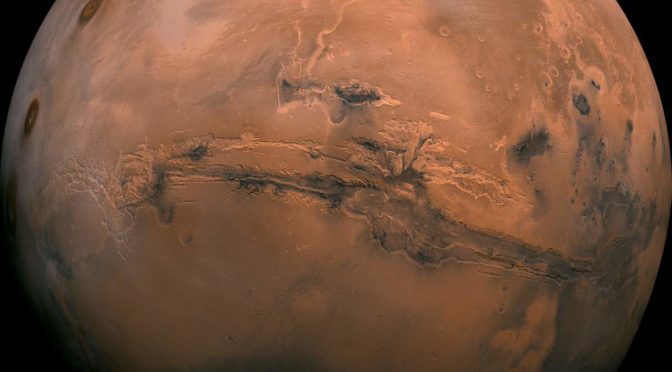For eons, skywatchers have been fascinated by the pale red dot that not only unpredictably moves backward in the night sky but also shines a compelling blood-red. Its color, indeed, is one of the first features we notice about Mars. It seizes our attention, and its compelling ambiguity has evoked a deep visceral reaction from the nomad in ancient savannas to modern astronomers.
The ancient astronomer may be satisfied to know that, in fact, Mars is literally blood-red: the same chemical reaction that occurs in the iron in Mars’ soil is the same as the same chemical reaction that occurs in the hemoglobin molecule. Mars, is, quite literally, blood red. Even with our cutting-edge technology and science, Mars still bewitches and amazes us as seen with these five surprising facts about Mars.

1. Mars Has the Coolest Historical Names
Like a badge of blood traveling across the night sky, Mars has long been associated with gods of war and warrior-sounding names. Its reddish cast likely provoked a strong
Indeed, many ancient people believed Mars’ reddish color came from actual blood on the planet. The Egyptians gave Mars its first recorded name: Har dècher (“The red one”). The Babylonians called it Nergal (“Star of death”) because of its ominous aura, and in India, the red planet was called
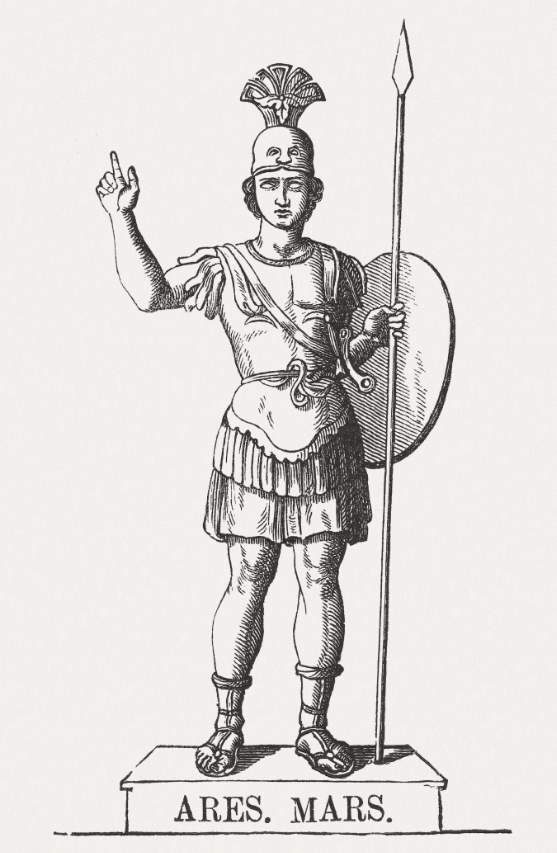
2. There is Fun Mars etymology in the hit 2015 movie, The Martian
The 2015 movie The Martian includes some fun Mars etymology. For example, the famous actor Matt Damon plays a character named Mark. “Mark” is actually the English version of the Latin name Marcus, which means Mars. Additionally, the name of the mission in the movie is named Ares 3, which is a homage to the Greek god of war Ares, whose Roman name is Mars. While the program was ultimately canceled in 2010 in real life, NASA was developing launch vehicles called Ares I and Ares V for the cargo and crew of the Constellation Program.
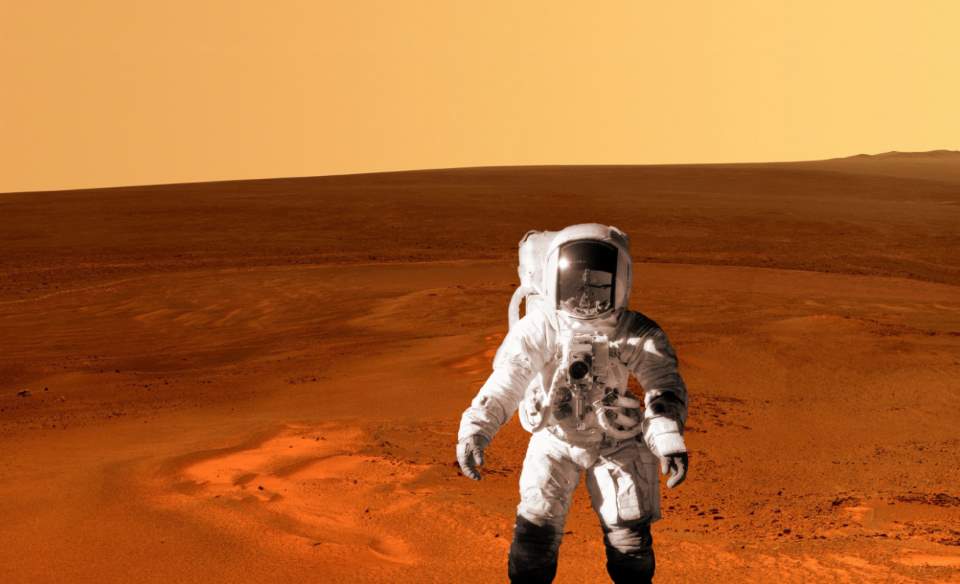
3. Mars Has Stunning Blue Sunsets
Earth has breathtaking sunrises and sunsets in bouquets of pink, purple, and gold. But Mars, like its namesake, refuses to be outdone by any planet. The red planet boasts sunsets that are truly and stunningly blue. Mars’ blue sunset is due to its much thinner atmosphere than Earth. It also has a dry, dusty surface, and weaker surface gravity so its atmosphere is often filled with fine particles of dust. The dust is just the right size so that the blue light penetrates the atmosphere more clearly and brilliantly.

4. Mars Has the Largest Dust Storms in the Solar System
Ancient astronomers, sci-fi writers, and philosophers alike have dreamed what it would be like to live on Mars. Many imagine, quite rightly that they would need to contend with unearthly dust storms. Perhaps appropriately matching its angry hue, Mars has the largest dust storms in the entire solar system. These massive events can last for weeks and can even cover the entire planet.
However, even the largest storms could not strand an astronaut on Mars or rip apart major technological equipment. The strongest the winds can get is about 60 miles per hour, which is less than half the speed of hurricane-force winds on Earth. Additionally, because Mars’ atmosphere pressure is significantly less than Earth’s, while the dust storms can be larger, they just don’t have the same intensity. They do make for an amazing movie prop, though.
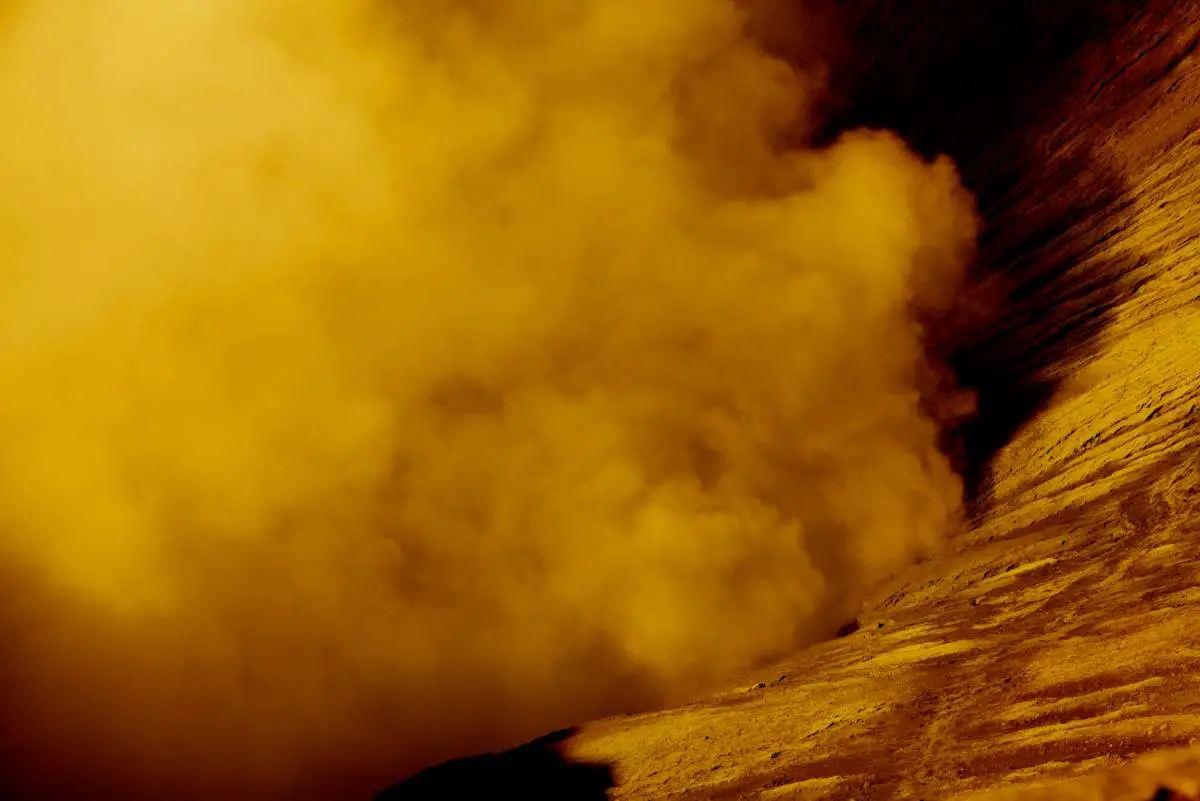
5. Mars Contains The Grand Canyon of the Solar System
If the name “The Labyrinth of the Night” sounds dramatic, it’s because it describes one of the hurricane-force landscapes on Mars–and, in fact, in the entire solar system: a vast and maze-like labyrinth of valleys, fractures, and plateau that lies on the western edge of Valles Marineris. Known as the Grand Canyon of the Solar System, the Noctis Labyrinthus sprawls 750 miles (1,207 km) across the Red Planet, which is roughly the equivalent length of the river Rhine from its source in the Alps to the North Sea. It is also home to the largest volcano in the solar system, Olympus Mons. Scientists believe that intense volcanic and tectonic activity in Mars’ past created this imposing landscape.
Valles Marineris, the grand valley extends over 3,000 kilometers (1,864 miles) long, spans as much as 600 kilometers (373 miles) across, and delves as much as 8 kilometers (26,247 feet) deep. By comparison, the Earth’s Grand Canyon in Arizona, USA is 800 kilometers (497 miles) long, 30 kilometers (18.6 miles) across, and 1.8 kilometers (5,905 feet) deep.
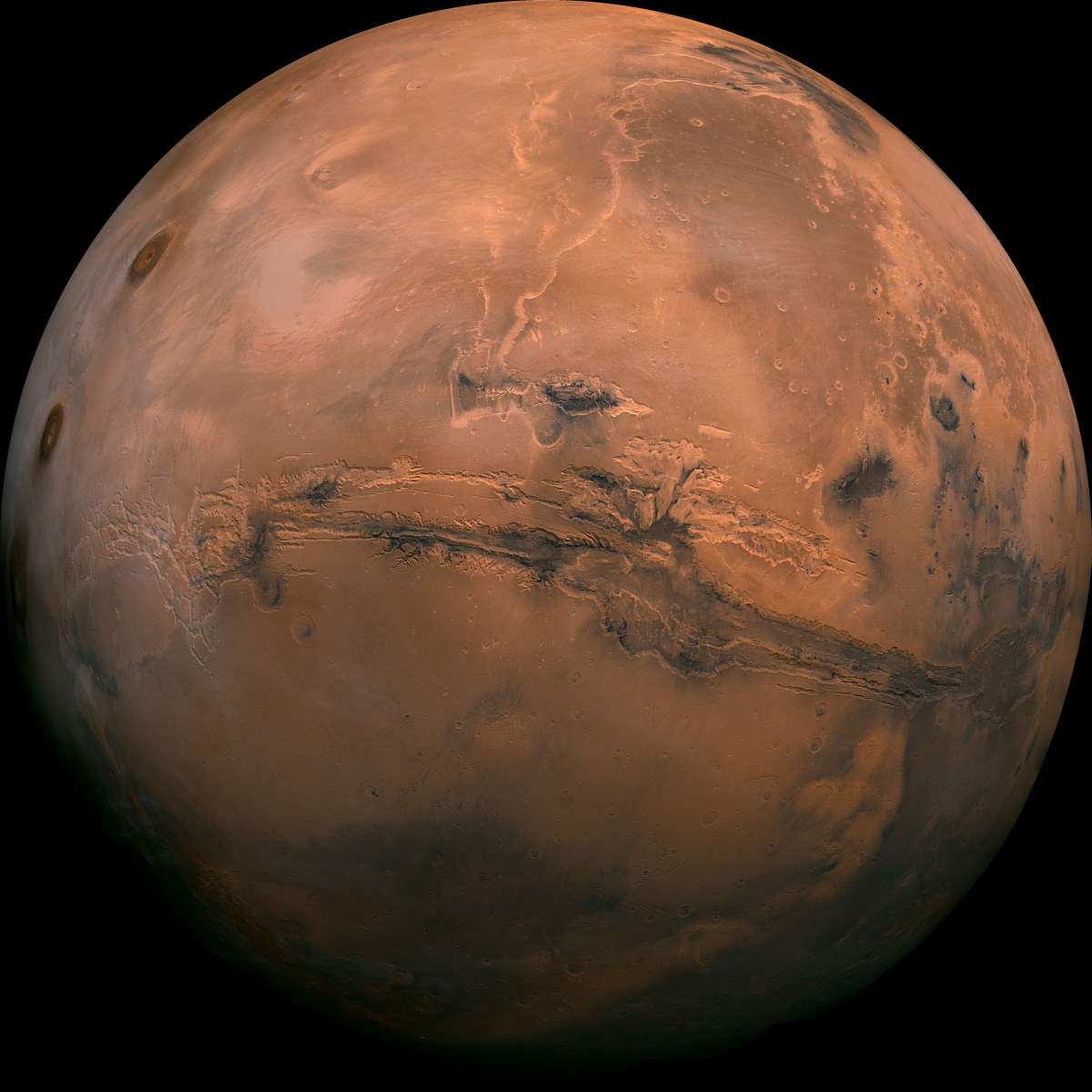
One of the night’s sky unblinking wanderers, Mars has always stood out from the other planets. It stands out not only in appearance but also because Mars is the most likely to be habitable. Mars could present an opportunity for humans to carry forward humanity farther into space, into the future. While we dream of life on Mars, the first life forms on Mars might just be us.
- Tree Facts: 42 amazing things about trees - February 8, 2022
- Importance of Microbial Contamination Analysis of Fresh Produce - December 16, 2021
- 7 Reasons Why Dinosaurs Continue Fascinating Humans - December 11, 2021
